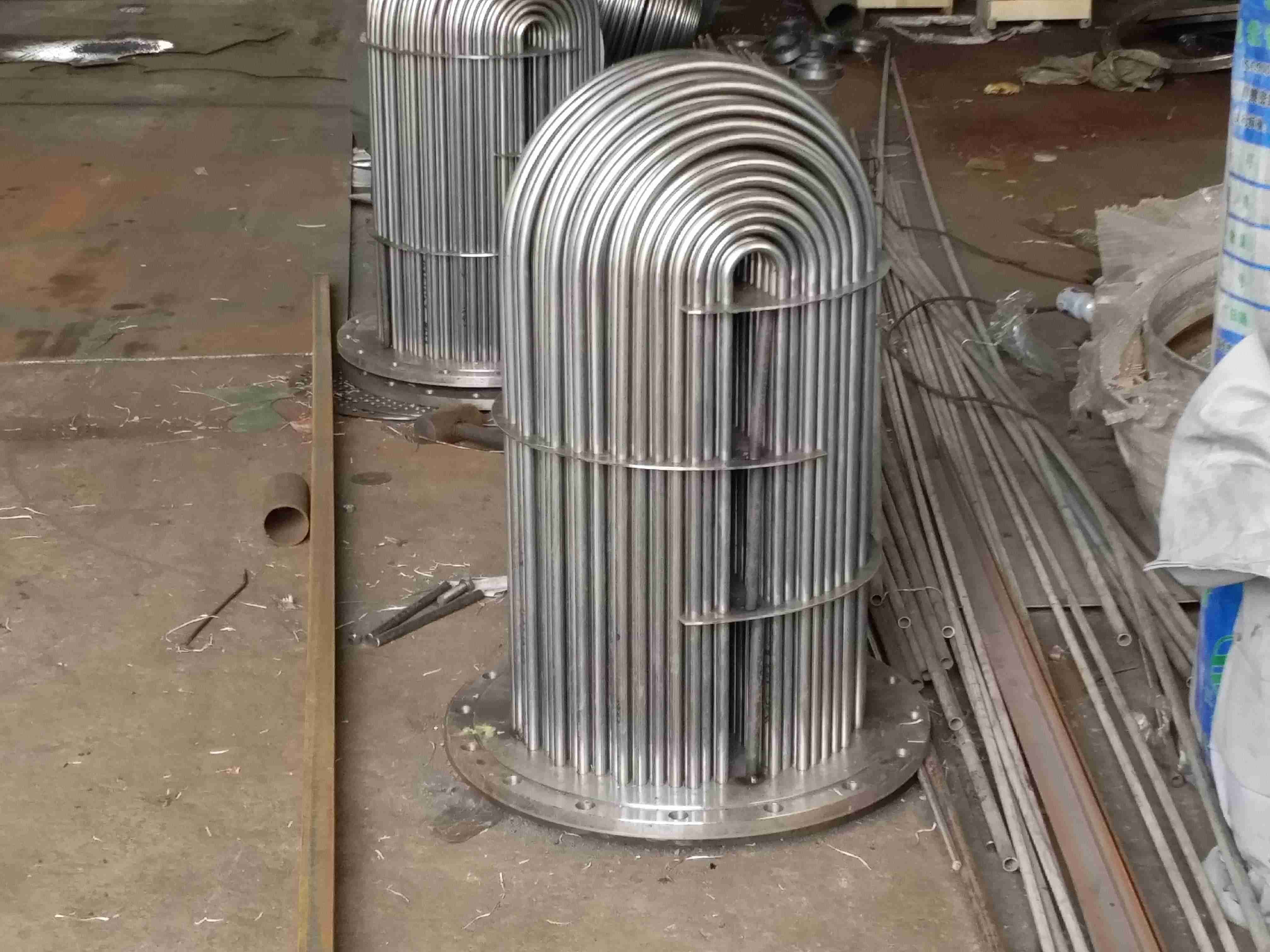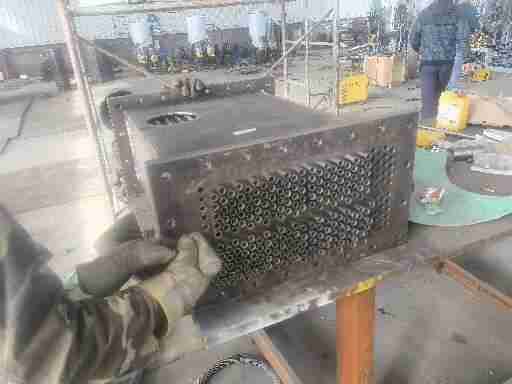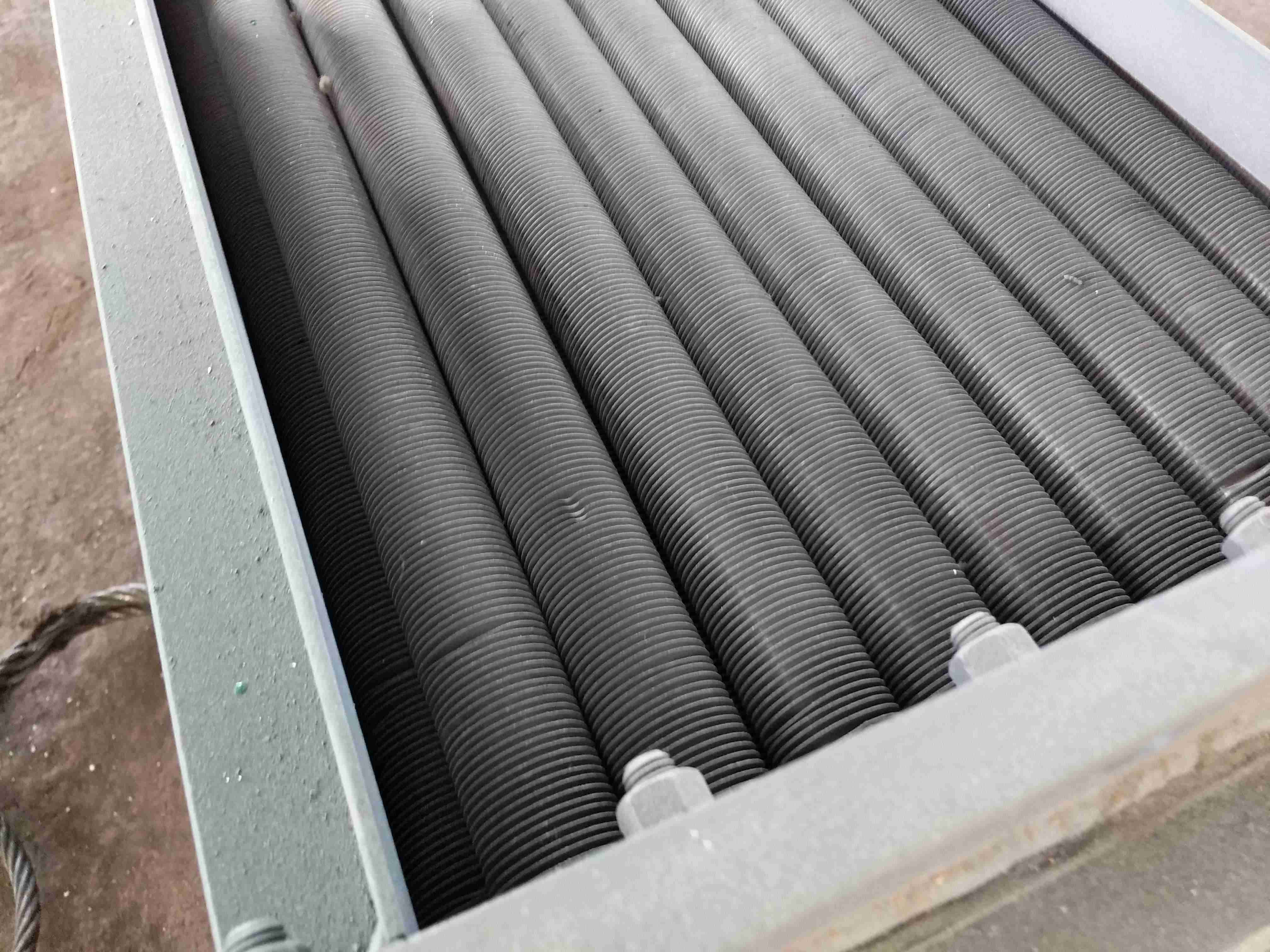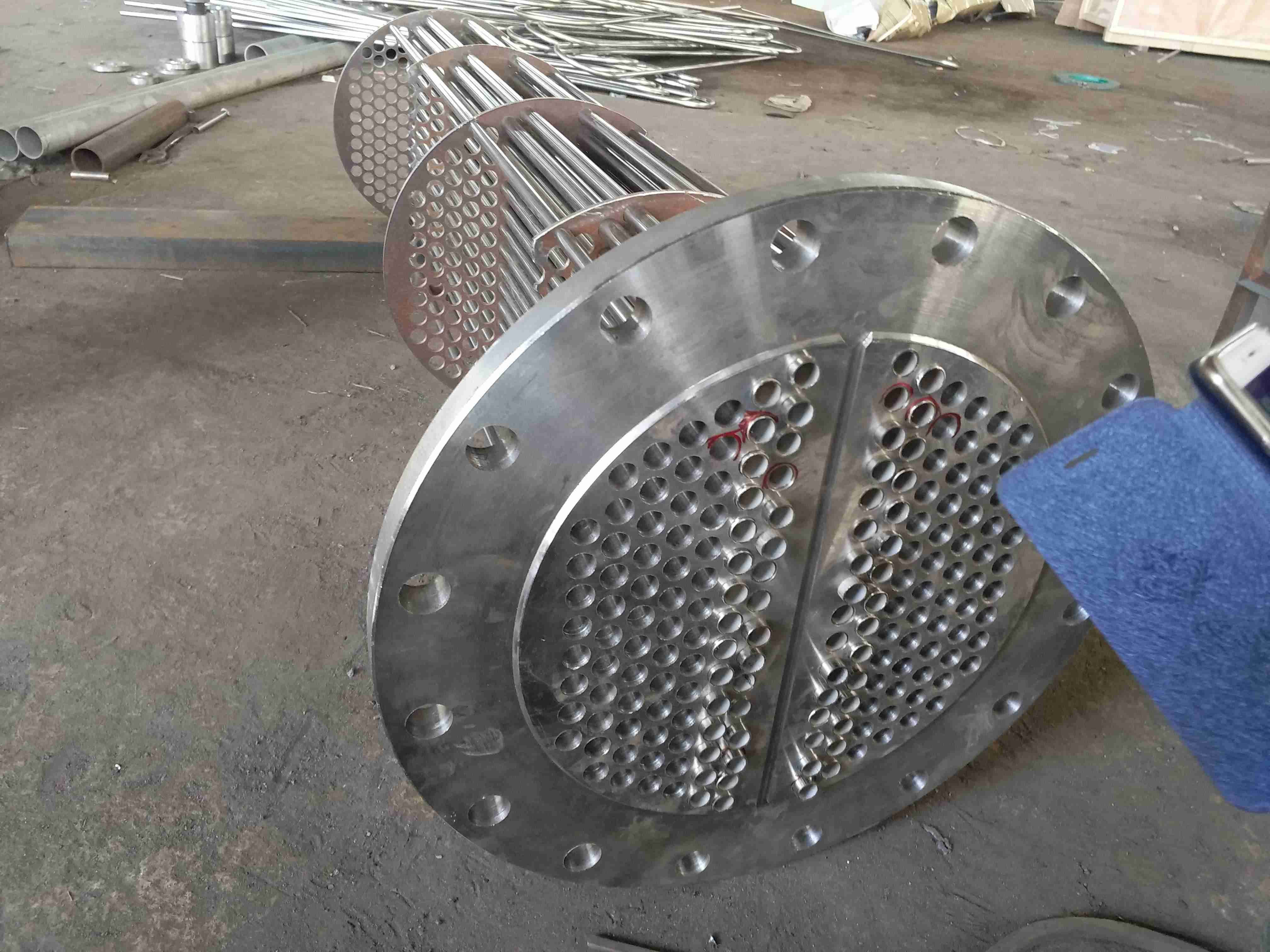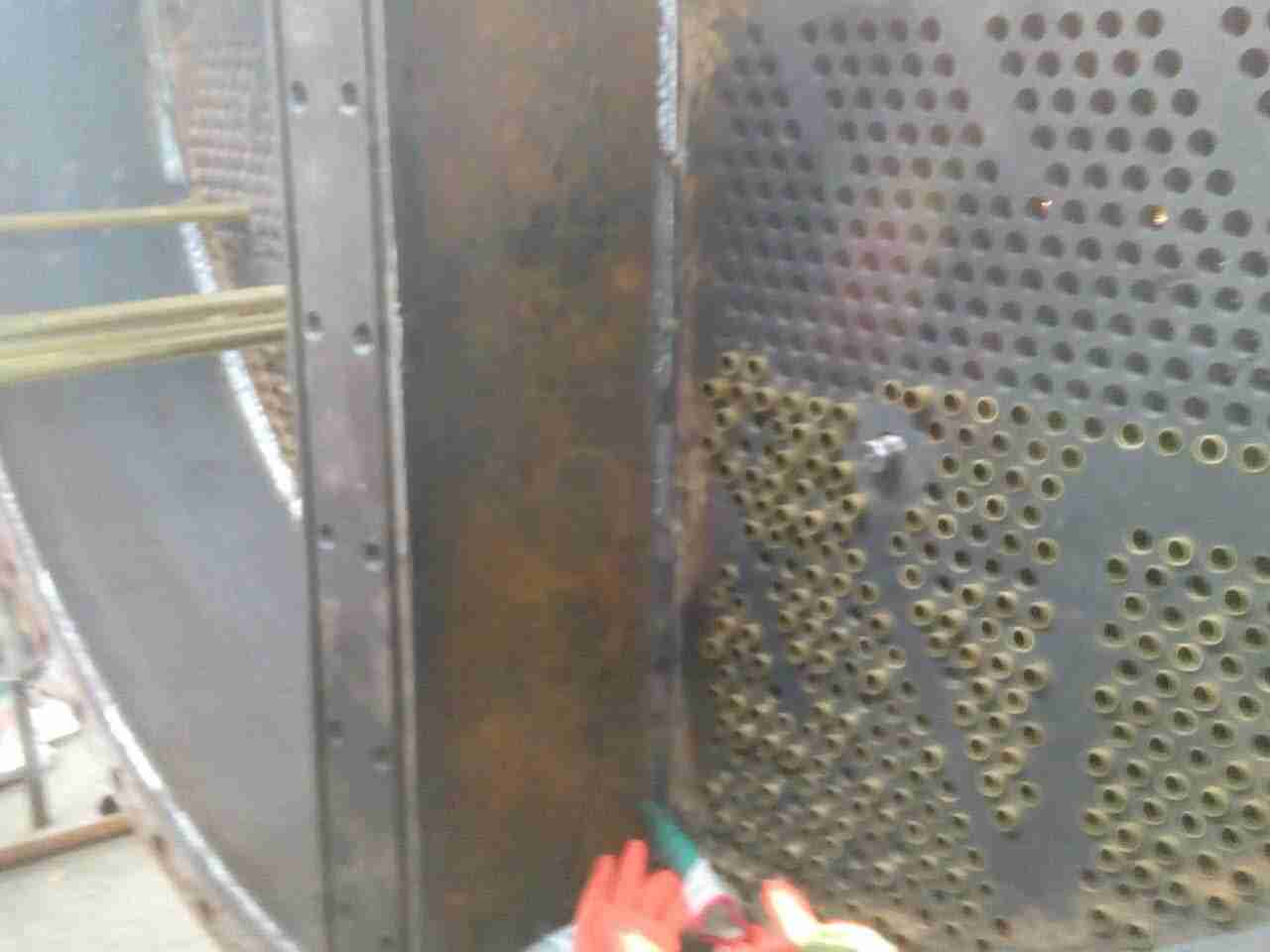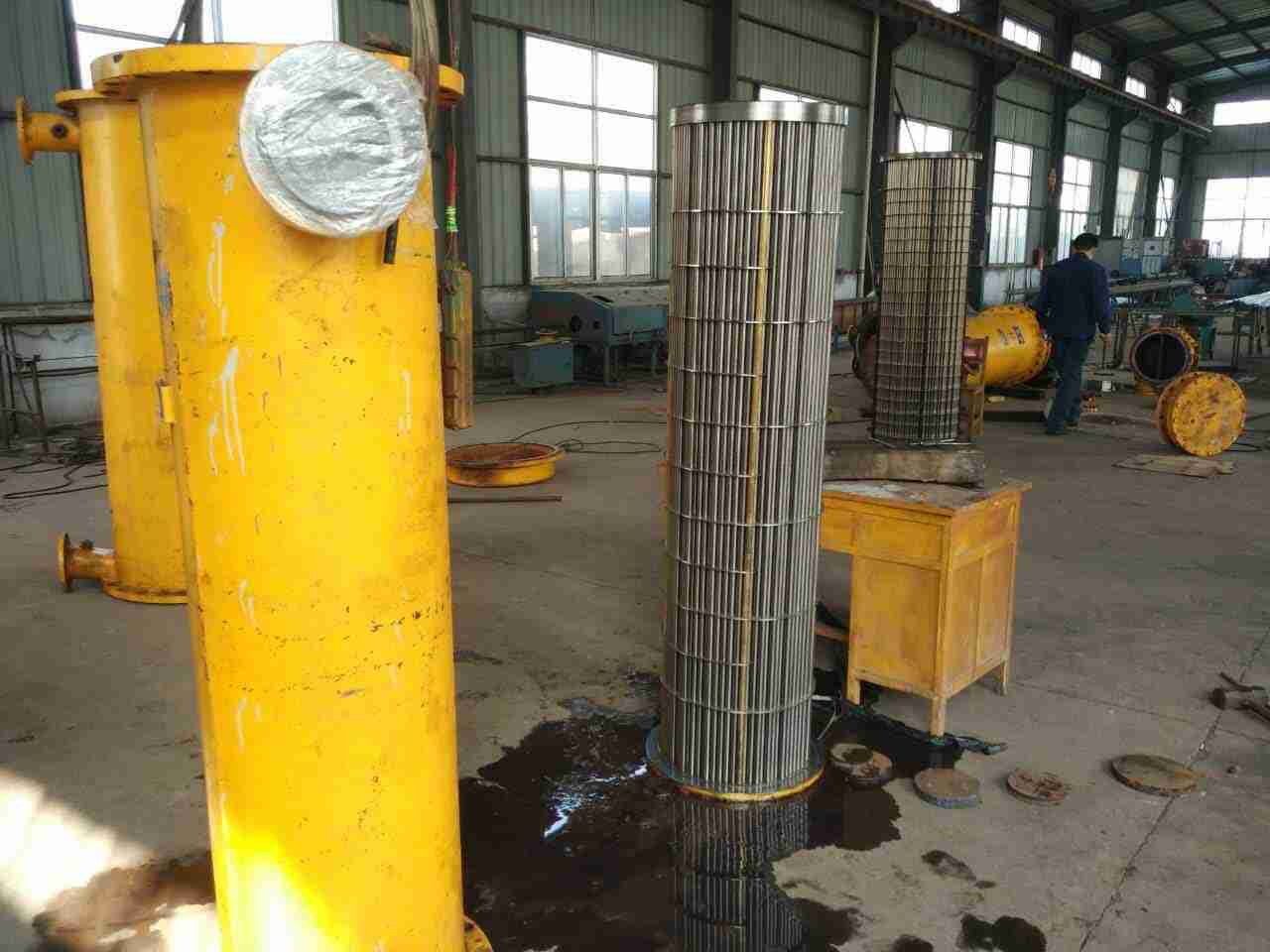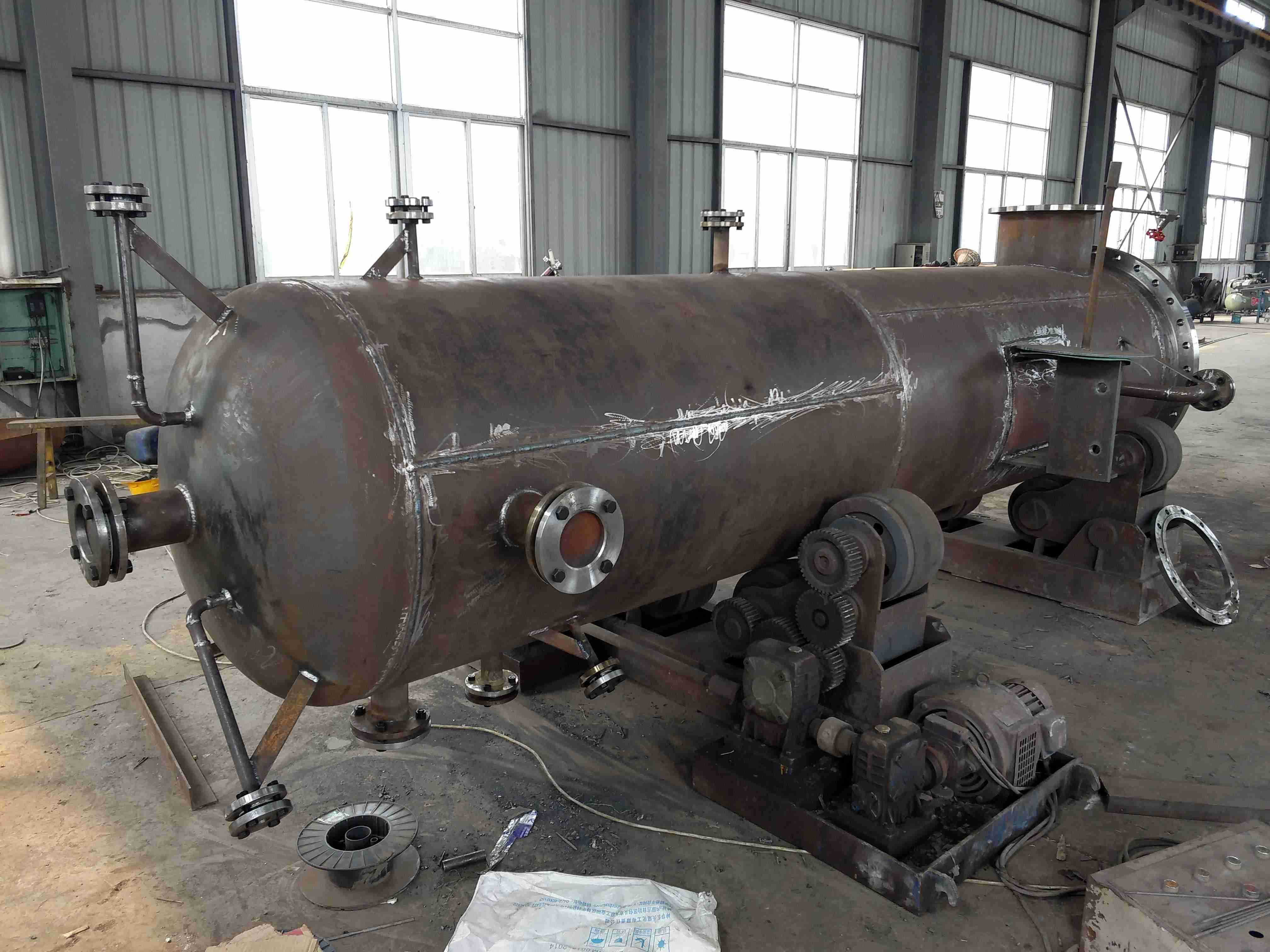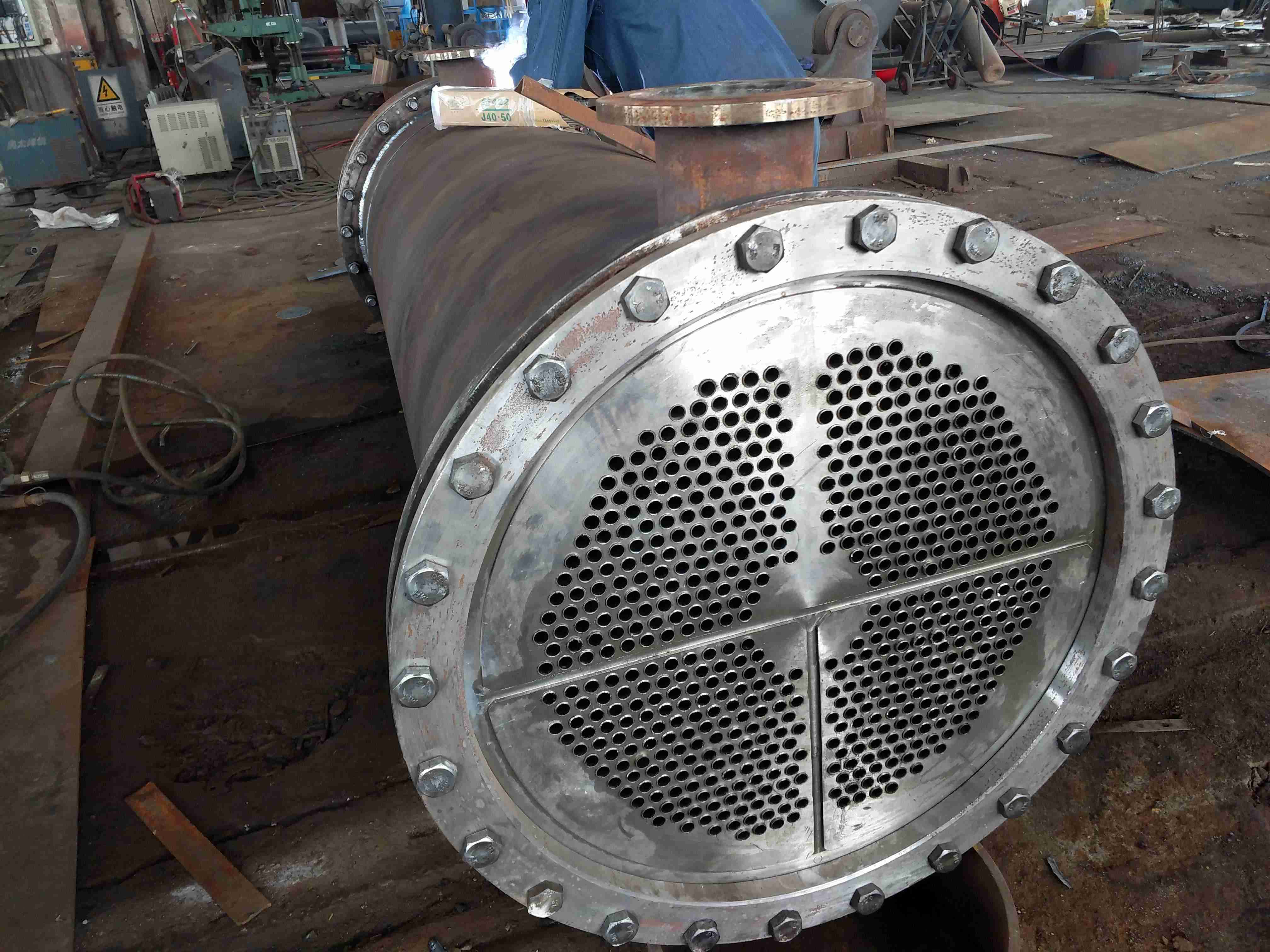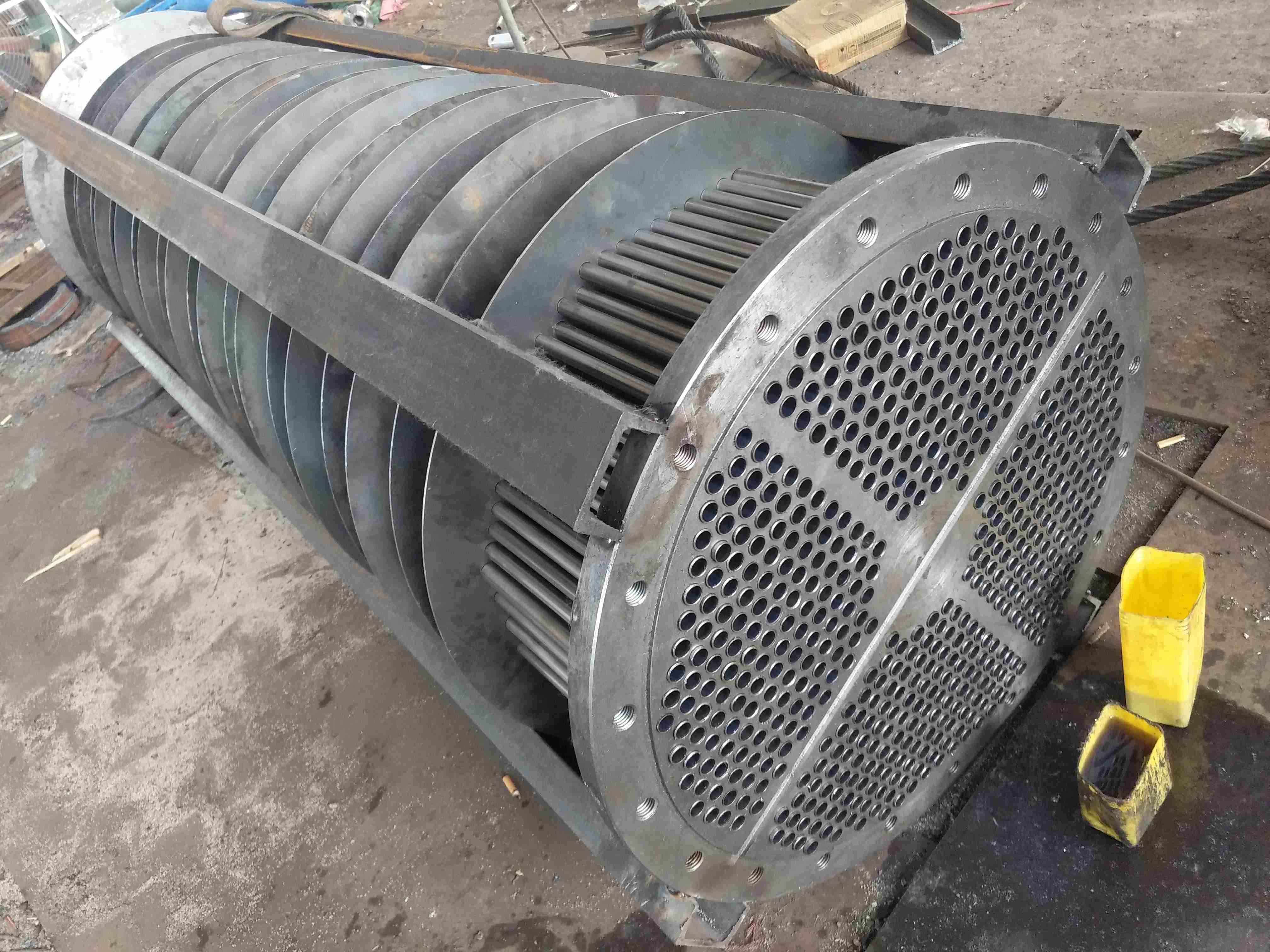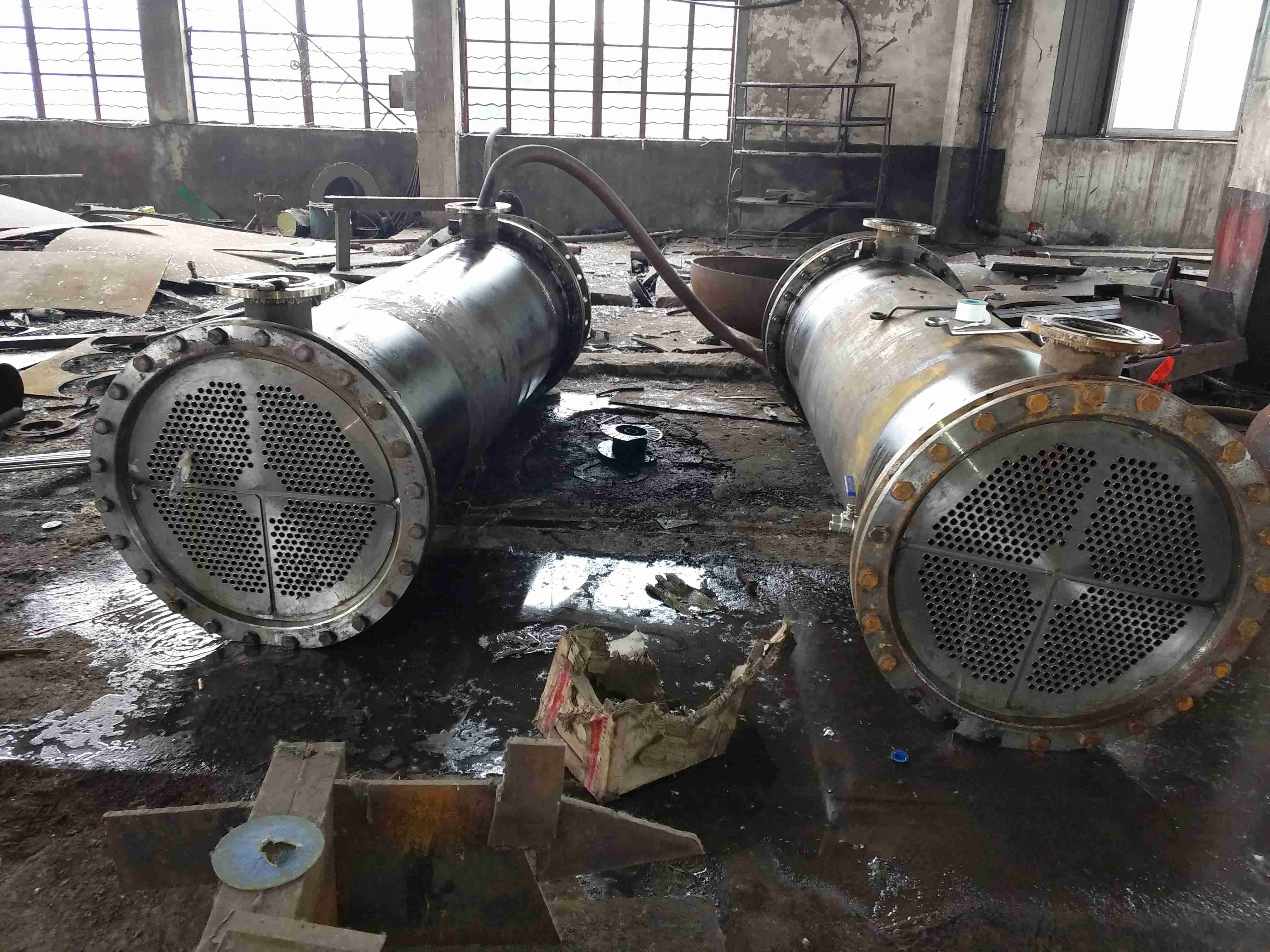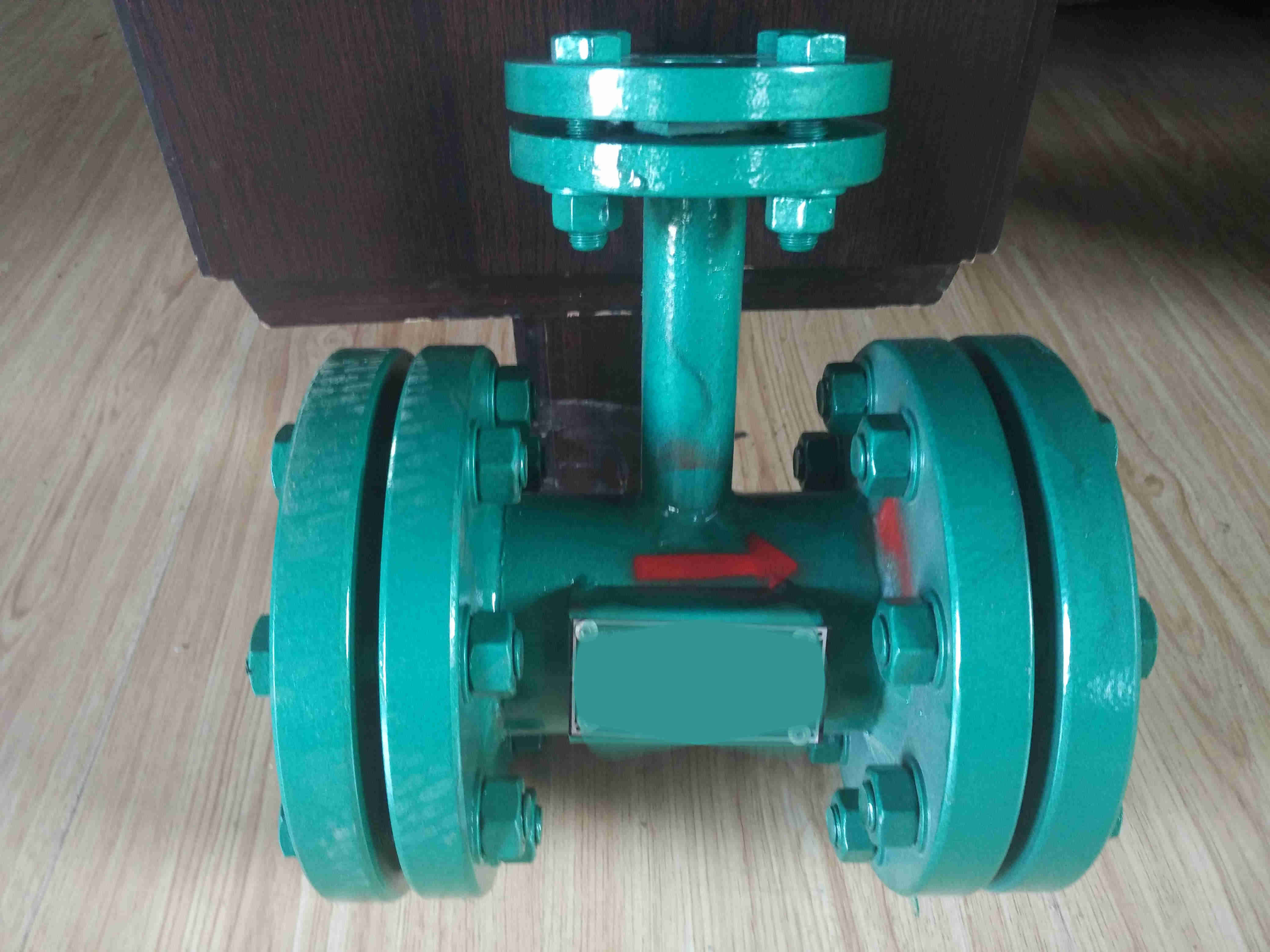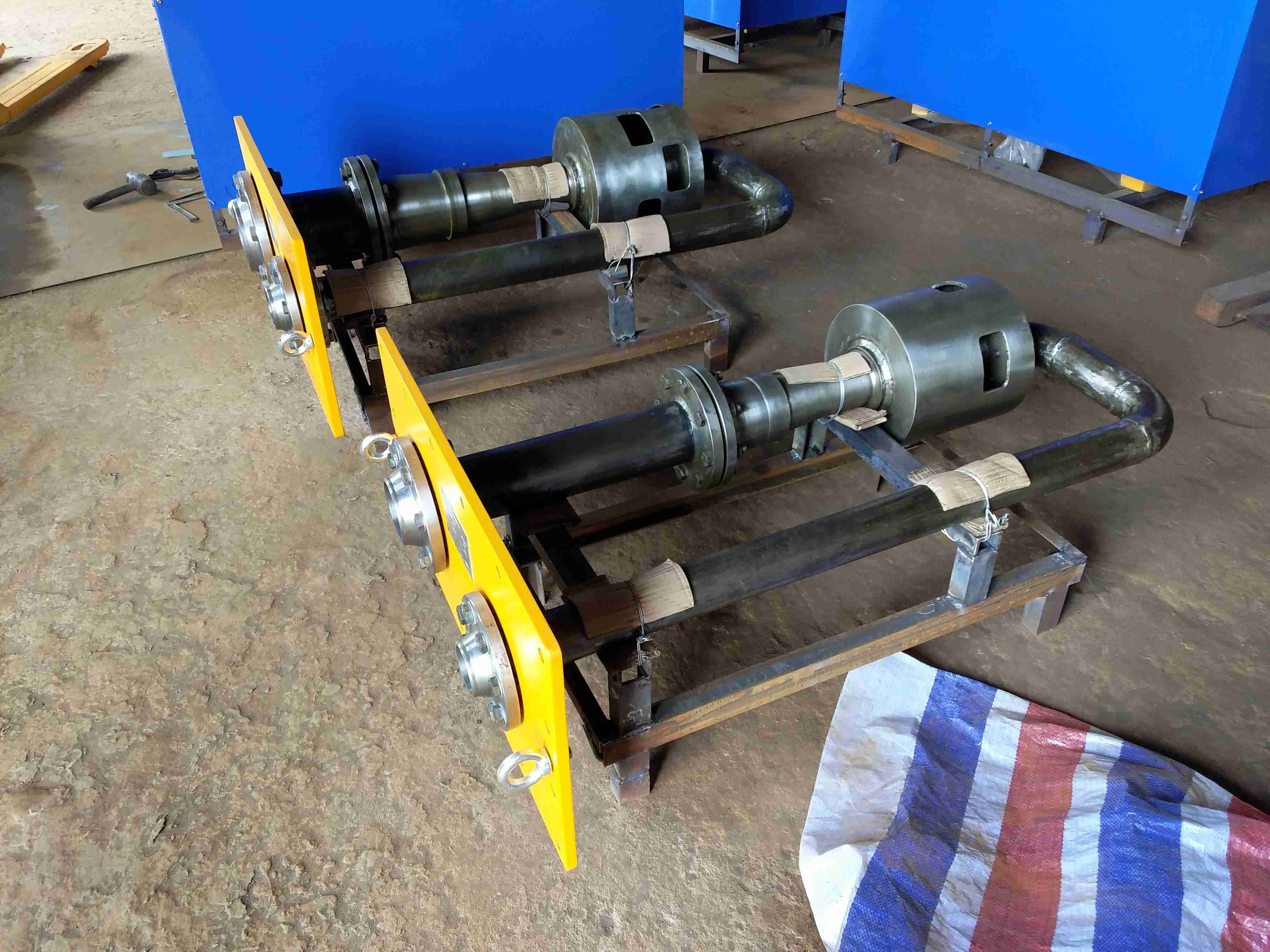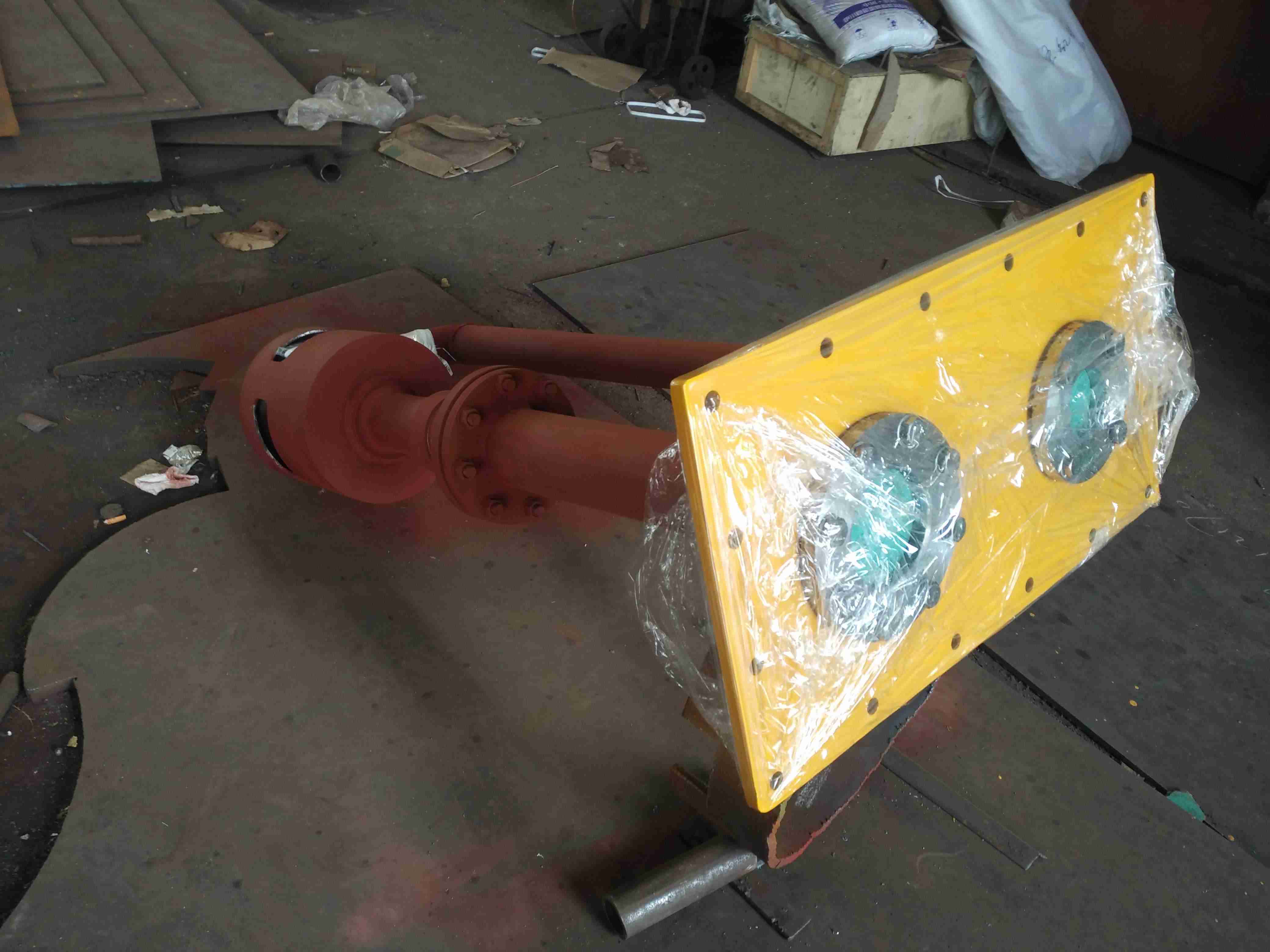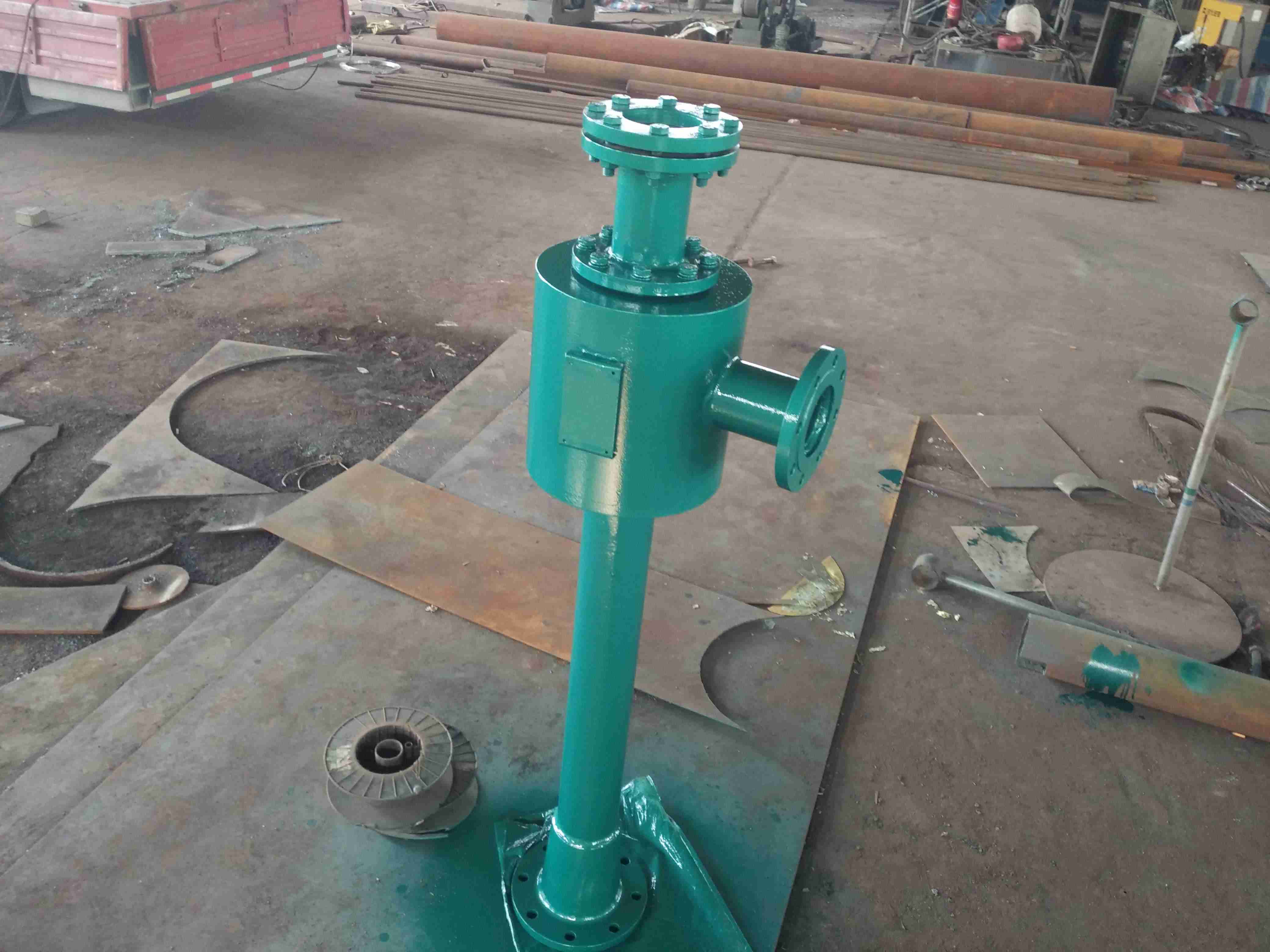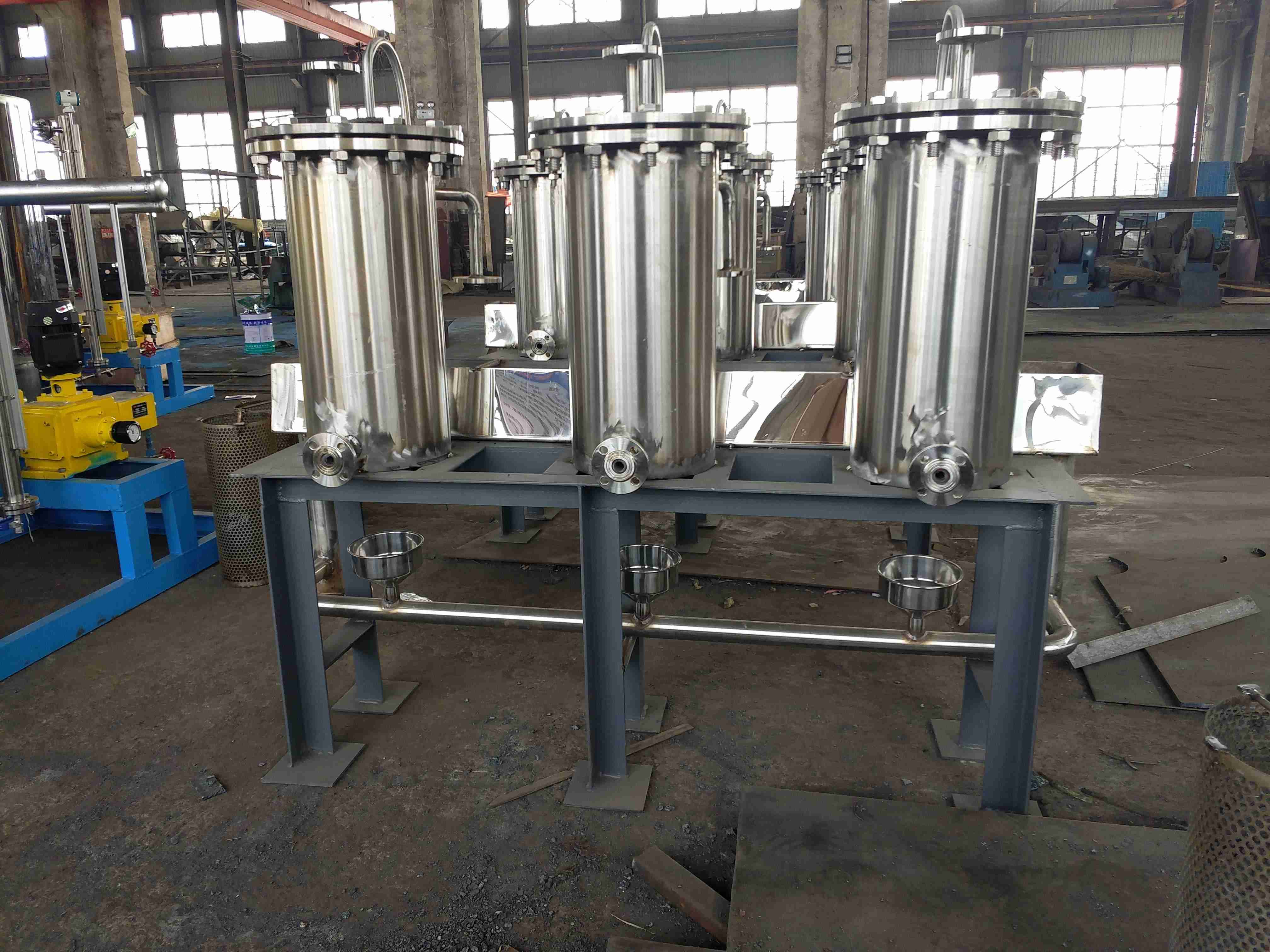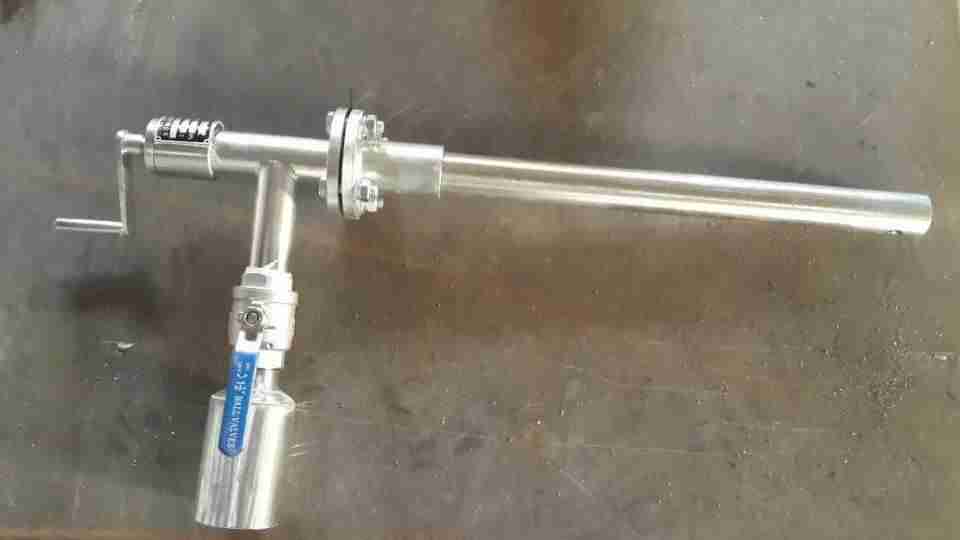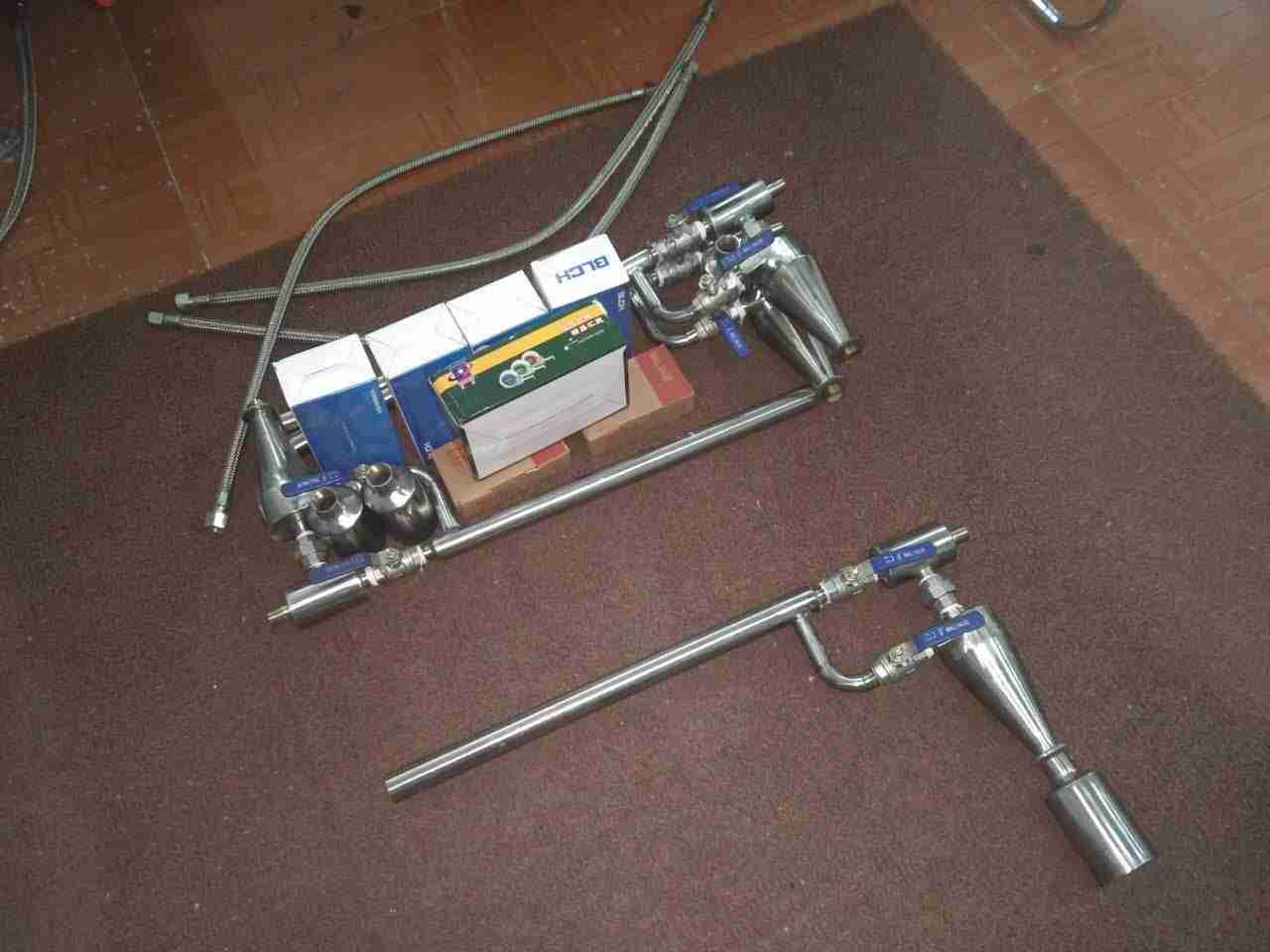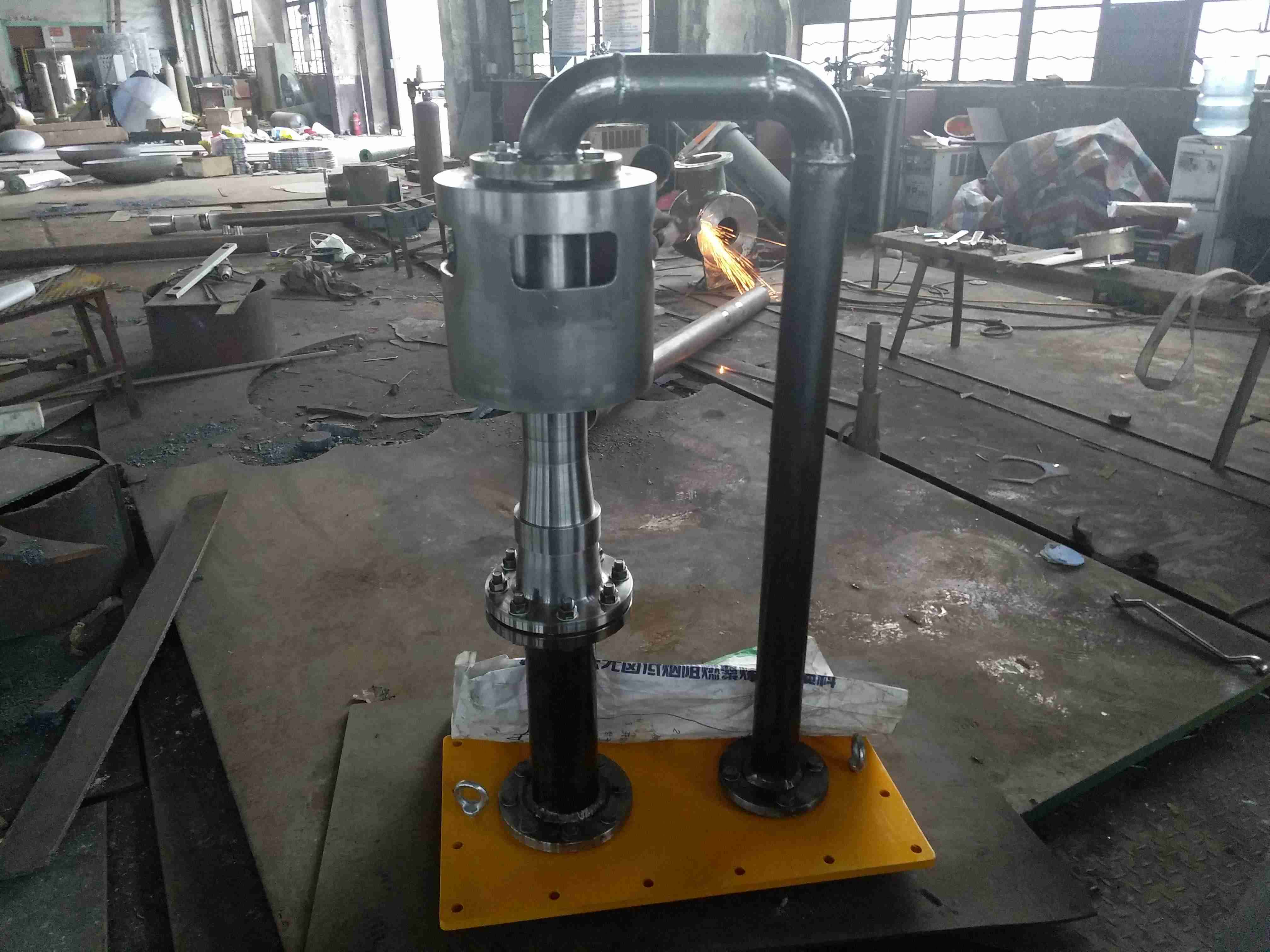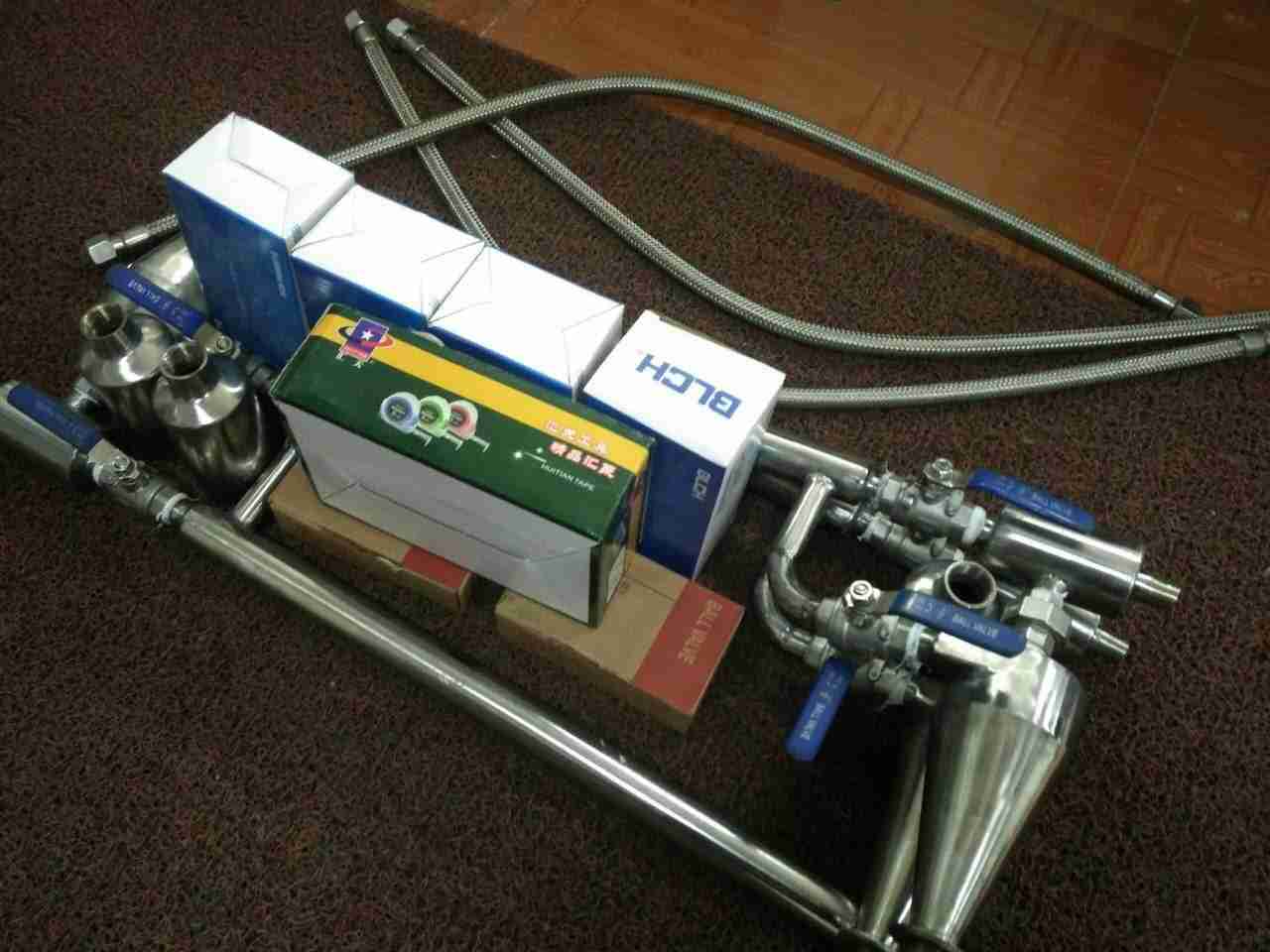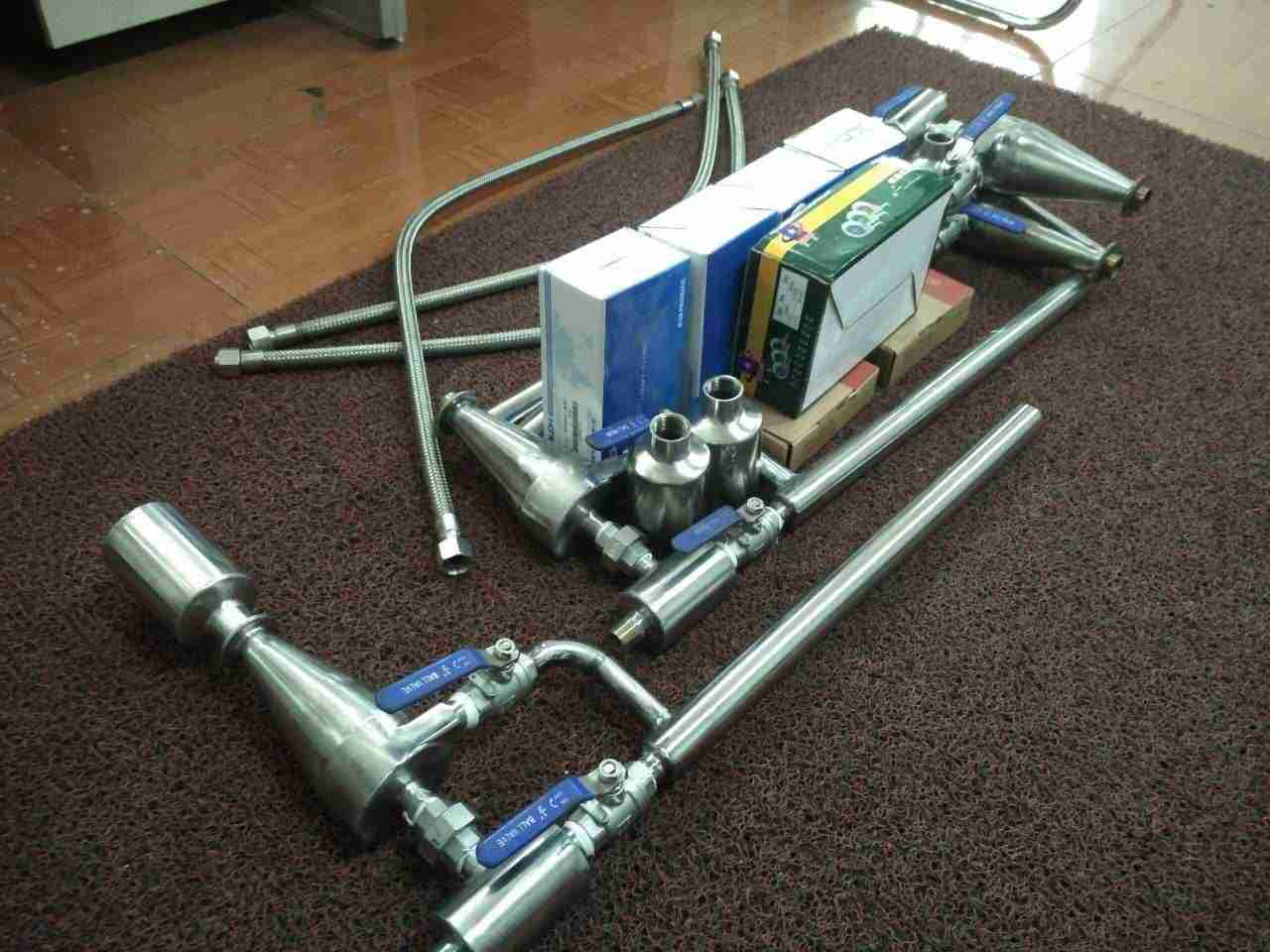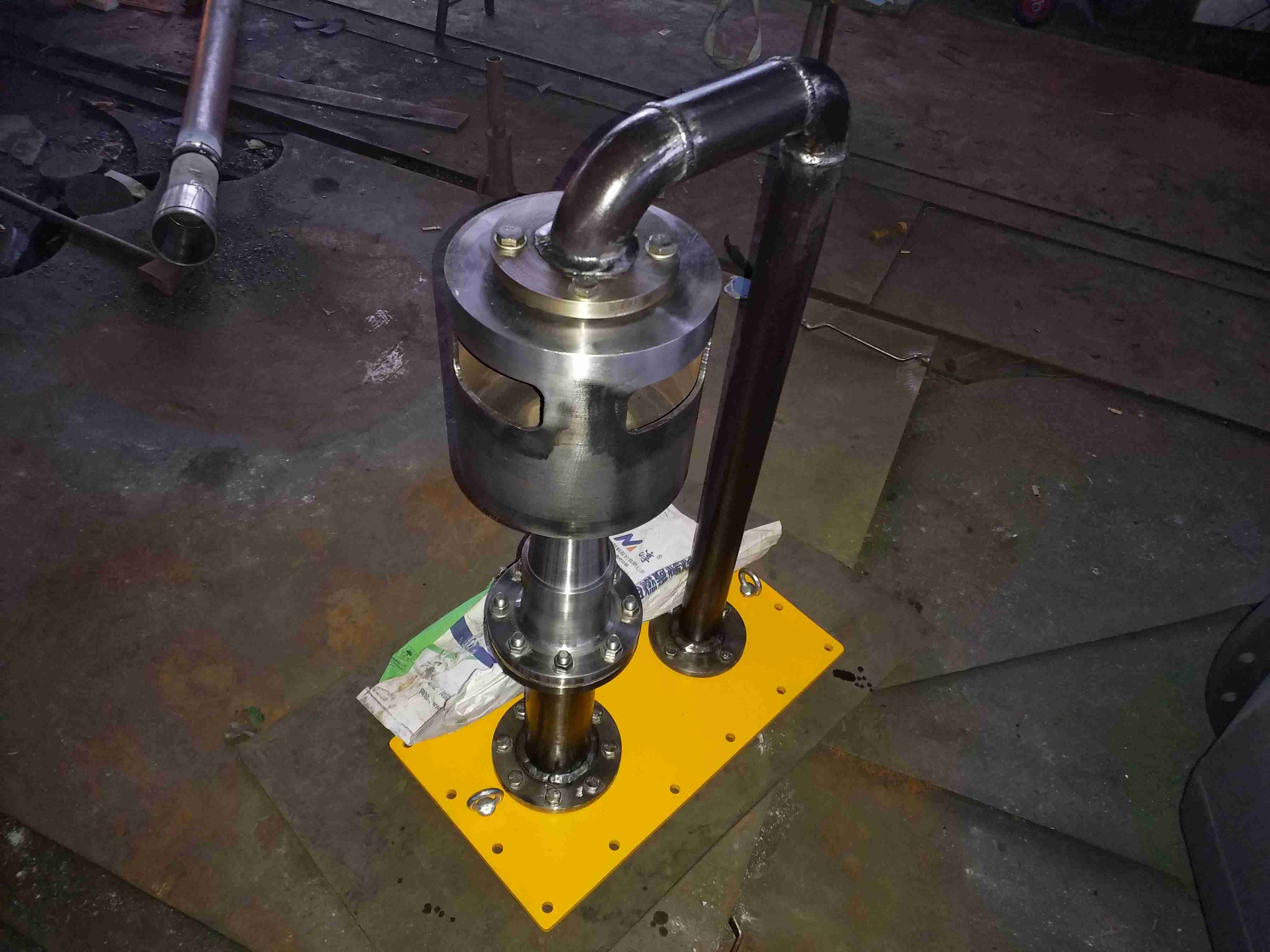Introduction to phosphate dosing device:
Phosphate dosing device is a complete set of equipment that includes dosing, stirring, liquid transportation, and automatic control. It is used in raw water of power plants, boiler feedwater, oilfield surface collection and dehydration treatment systems, various phosphate dosing systems in petrochemical industry, and wastewater treatment systems. Such as adding coagulants, phosphates, ammonia solution, lime water, corrosion inhibitors, scale inhibitors, bactericidal and algal agents, etc.
A phosphate dosing device developed and produced for automatic phosphate production, mainly used for boiler feedwater, circulating water, hydrazine addition, phosphate treatment in power plants, and can also be used in industries such as petroleum, chemical, environmental protection, and water supply systems. The unit combination phosphate dosing device mainly consists of a solution tank, metering pump, filter, safety valve, check valve, pressure gauge, buffer tank, liquid level gauge, control cabinet, etc., which are integrated and installed on a base. Users only need to place the combined phosphate dosing device in the phosphate dosing room, connect and power on the inlet and outlet to start and put it into operation. This factory integrated device can greatly reduce the workload of design and on-site construction, providing reliable protection for the overall system, safety, and on-site operation
Phosphate dosing device category:
Phosphate dosing device, also known as phosphate adding system or phosphate adding equipment.
The phosphate dosing device is a complete set of devices that inject chemical solutions into various systems according to the process flow. This device can be divided into three categories according to its usage.
1. Oilfield phosphate dosing device. Mainly used for injecting various chemicals such as flocculants, scale inhibitors, corrosion inhibitors, and demulsifiers into wellheads and other systems on oil extraction platforms.
2. Boiler phosphate dosing device. It can be used for adding phosphate and hydrazine to boiler feedwater, adding phosphate and hydrazine to condensate, adding phosphate and hydrazine to shutdown protection, and adding phosphate to steam boilers. It is mainly used in power plants and power stations.
3. Phosphate dosing device for water treatment. In the water treatment process - adding phosphate to tap water, wastewater, and sewage. Mainly used for processes related to water supply and drainage treatment, environmental protection, etc. Such as water plants, hotels, restaurants, swimming pools, sewage treatment plants, etc.
The phosphate dosing device is suitable for:
Boiler injection of chemical solution is mainly used in situations where boilers are used in thermal power plants, chemical industry, metallurgy, ships, and centralized heating.
Used for pre-treatment of tap water with phosphate, mainly used in urban water plants, large-scale enterprise owned water plants, textile printing and dyeing, steel, papermaking and other industries.
Phosphate addition in environmental protection - wastewater and sewage treatment - is mainly used for wastewater and sewage treatment in cities, industrial and mining enterprises, large hotels, and restaurants.
The main applications of phosphate dosing devices are:
1. Adding phosphate to the furnace of the power plant: adding phosphate to the feedwater, adding hydrazine, adding phosphate to the boiler water, coordinating and controlling the addition of phosphate to the boiler water, and adding phosphate to the condensate water.
2. Adding phosphate to the power plant furnace: adding flocculants to the raw water, adding coagulants to the raw water, adding stabilizers (corrosion inhibitors) to the circulating water, adding scale inhibitors to the circulating water, adding bactericides to the circulating water, adding phosphate to the starting boiler room, adding phosphate to the starting boiler room, and coating the condenser with ferrous sulfate.
3. Adding phosphate to water treatment: adding flocculants, coagulants, defoamers, etc. to wastewater.
Type and equipment structure of phosphate dosing device:
There are several types of automatic control devices for furnace water R value, including dual pump single control combination, triple pump dual control combination, and combination type. The structure of each type is somewhat different, as explained below.
1. Dual pump single control combination automatic phosphate dosing device This device consists of a metering box, two metering pumps, a set of variable frequency automatic phosphate dosing control system, connecting pipelines, valves, bases, etc. The volume of the measuring box is 1m 3, Equipped with agitator, remote liquid level gauge, liquid level high and low limit alarm, etc. The material of the tank body includes carbon steel, stainless steel, and lined rubber. The tank body is used for different medicinal liquids.
When the user orders a complete set of chemical phosphate dosing equipment outside the furnace (adding phosphate, phosphate), the following parameters of the metering pump must be specified:
Flow rate (L/h), pump outlet pressure (Mpa), pipeline material, etc.
2. Three pump dual control combined automatic phosphate dosing device
The complete set of chemical phosphate dosing device outside the furnace (adding phosphate, phosphate) consists of two metering boxes, three metering pumps, three sets of variable frequency automatic phosphate dosing control systems, connecting pipelines, valves, bases, etc. Three metering pumps -, pump 3 is the backup pump for pump 1 and pump 2. When in operation, pump 1 and pump 2 are respectively driven by two sets of variable frequency automatic phosphate addition control systems, allowing the pump to work in four ways. The switch on the control cabinet can put the backup pump into operation.
3. Automatic control device for R value of combined boiler water
This device is an automatic phosphate dosing device used for coordinated phosphate treatment of boiler water (controlling the R value of boiler water). The device consists of three measuring boxes, three measuring pumps, a set of alternating current frequency R-value automatic control system, connecting pipelines, valves, bases, etc.
Phosphate dosing device functions -
Taking system design as the main body, overcoming the shortcomings of system differences in transmission production where single equipment or components are the main design body;
Absorbing the technology of adding phosphate both inside and outside, with a comprehensive design concept, to make the process more efficient;
Production structure modular design, integrated combination, can easily expand capabilities and functions;
Flexible configuration schemes can be developed according to different water quality and user requirements;
-Equipment and components of different types, materials, and grades, both inside and outside, can be freely selected by users;
Choose between manual, automatic, and other control methods to meet different control requirements.
Working principle of phosphate dosing device:
The phosphate dosing device mainly consists of a solution tank, agitator, metering pump, liquid level gauge, electric control cabinet, pipeline, valve, safety valve, back pressure valve, check valve, pulsation damper, pressure gauge, Y-shaped filter, etc.
The phosphate dosing device is configured in the mixing box according to the required drug concentration. After being stirred evenly by the mixer, it is put into the solution box and transported to the designated system by a metering pump. The complete phosphate dosing device is compact, safe, simple, and easy to operate. The phosphate dosing device can also be designed and configured with targeted components according to the different process requirements of users, and has functions such as automatic remote control.
Precautions for selecting phosphate dosing devices:
1. When users choose a phosphate dosing device, the selection specifications (including metering pump parameters, solution tank volume, etc.) are determined based on the required amount of solution to be added to the system. Then, the dosing method is determined based on the dosing situation (usually using a "standby" method).
2. Select the materials of each component of the phosphate dosing device (stainless steel, carbon steel, non-metallic materials), the model of the metering pump (diaphragm pump, plunger pump), or provide our company with the parameters of the added phosphate agent (name, concentration, temperature, degree, viscosity, corrosion, etc.) as needed.
3. Phosphate salt system - mainly: ① centralized drug design, small footprint, simple structure, and stable performance; ② Accurate measurement, convenient adjustment, economical, and easy installation and maintenance; ③ The pump is installed in a suction type, which is not easy to block, and has a long running time due to faults and low operating costs; ④- Corrosion - energy - and prolonged use. ⑤ Material of solution box: PE, fiberglass, carbon steel lining rubber, 304 stainless steel, 316 stainless steel; ⑥ Mixer material; 304 stainless steel, 316 stainless steel; ⑦ Materials for the overcurrent part of the metering pump: PP, PVC, PVDE, SS316;
Introduction to phosphate dosing device:
The complete set of chemical phosphate dosing equipment (phosphate addition, phosphate) outside the furnace is mainly equipped with a metering pump, and the dissolution tank, agitator, liquid level gauge, safety valve, check valve, pressure gauge, filter, buffer, pipeline, valve, base, escalator, automatic monitoring system, power control system, etc. are assembled on a common platform according to the process requirements to form a module, The so-called pry mounted combination unit (referred to as "pry body"). Put a quantitative amount of reagents into the stirring solution box as needed for stirring and dissolution. After dissolution, send them to the working process of adding - through a metering pump. The amount of phosphate added can be freely adjusted to meet the needs of different places with different amounts of phosphate added.
The complete set of chemical phosphate dosing devices (phosphate addition, phosphate) outside the furnace adopts an electromechanical structure form, which can be divided into fixed and mobile (vehicle type) in terms of installation. Each form of phosphate dosing device is equipped with a stirring system, a phosphate addition system, and an automatic control system. Several fixed prying devices can be combined into a whole, with a frequency conversion control system, which can be used for on-site control, remote automatic control, manual and automatic conversion to add phosphate. The auxiliary phosphate dosing device has the advantages of compact structure, small volume, low noise, stable operation, simple installation, and convenient operation and use.
The complete set of chemical phosphate dosing equipment outside the furnace (adding phosphate, phosphate) is designed through different processes to accurately prepare solutions of various solid and liquid chemical drugs, and then accurately added with a metering pump to meet various design requirements. Such as descaling, deoxygenation, coagulation, acid addition, alkali addition, etc.
The process of adding phosphate can be manually operated, or various electrical appliances and instruments such as PC, magnetic flap level gauge, pH meter, stroke controller, frequency converter, etc. can be used to make the phosphate dosing device electromechanical production and automatic control.
The amount of phosphate added and the pressure of phosphate added to the complete set of chemical phosphate dosing equipment outside the furnace (phosphate addition, phosphate) can be determined by selecting a suitable metering pump according to the needs of industrial processes. Suitable production can be selected from a flow rate of 1L/h to 8000L/h, and a pressure range of 0.1MPa to 25MPa,
The metering degree of the metering pump can reach up to ± 1%, and it can transport multiple media simultaneously, with single adjustment.
The volume of the phosphate dosing device solution tank can be reduced from 0.1m3 to 20m3, and can be selected according to the amount of phosphate added. Depending on the conveying medium, there are various materials to choose from, such as carbon steel (carbon steel lining rubber), stainless steel, non-metallic materials (PE, PVC, PP, PTFE), etc.
Description of phosphate dosing device:
The complete set of equipment mainly includes feeding system, medicine storage tank, phosphate addition system, power control system, etc.
The dissolution bucket is equipped with facilities such as a liquid level gauge, low liquid level alarm, valves, etc. required for automatic operation. A magnetic flap level gauge is installed on the outer wall of the entire body to observe the liquid level inside the barrel. There is a feeding port and a backup port on the upper part of the body, and a discharge port, discharge port, overflow port, level gauge interface, and corresponding matching valves are provided on the side of the barrel. When the liquid level in the bucket is lower than the set low liquid level value, the alarm system will be automatically activated, and the phosphate pump will pause.
Phosphate salt system - including centrifugal pumps, electromagnetic flow meters, and related valves.
Phosphate dosing device - see form:
Chemical water replenishment, condensate water with phosphate system-
Phosphate salt system - fully automatic control can be achieved; In addition to manual preparation, the preparation of ammonia solution can also be automatically controlled. When the liquid level in the solution tank is below the set value, the inlet valve of the solution tank will automatically open and close when the liquid level reaches a high level. The control of the amount of phosphate added can also be done automatically in addition to manual control. After PID calculation by the PLC program control system, the frequency converter will control the amount of phosphate added to the phosphate metering pump to achieve the goal of fully automatic phosphate addition.
Phosphorus and salt blending system for boiler water-
The preparation of phosphate solution involves directly adding trisodium phosphate to the solution tank at the phosphate addition point, starting the stirring machine for dissolution, and controlling the amount of phosphate added in addition to manual control, which can also be fully automatic. After PID calculation by the PLC program control system, the amount of phosphate metering pump is controlled by the frequency converter to achieve the goal of automatic phosphate addition.
Application scope of phosphate dosing device:
Boiler water treatment system, circulating cooling system, central air conditioning circulating water system, raw water pretreatment and wastewater treatment system in the thermal power generation industry;
Boiler water treatment systems, circulating cooling systems, chemical additive dosing systems, wastewater treatment and consumption systems in industries such as petroleum and chemical industry, and medical and electronic industries;
Municipal water supply, swimming pools, water plants, sewage treatment, and consumption of building and domestic water;
Consumption of industrial circulating water and industrial wastewater treatment;
Liquid addition systems in other related industries.
Precautions for selecting phosphate dosing devices:
1. When users choose a phosphate dosing device, the selection specifications (including metering pump parameters, mixing tank volume, solution tank volume, and on-site conditions) are determined based on the required amount of solution to be added. Then, the dosing method is determined based on the dosing situation (usually using "on standby" or "on standby" methods);
2. Select the materials (stainless steel, carbon steel, non-metallic materials) of each component of the phosphate dosing device, the model of the metering pump (diaphragm pump, plunger pump), or the parameters (name, concentration, temperature, degree, viscosity, corrosion, etc.) of the supplied phosphate agent as needed;
3. Ordering system - for several boxes and pumps;
4. Is the metering pump a plunger pump or a diaphragm pump;
5. Measuring pump flow and pressure;
6. Is the system manually controlled or automatically controlled;
7. Other special requirements for phosphate dosing devices.
The complete set of chemical phosphate dosing device outside the furnace (adding phosphate, phosphate) - special specifications can be arranged according to user needs for a separate design scheme! Interested parties contact us!
| 裝置名稱 | 組合類型 | 溶藥箱
體積m3 | 計量泵
種類 | 計量泵
流量(L/h) | 計量泵
壓力(Mpa) | 加遙酸鹽
方式 |
| 聯(lián)胺除氧遙酸鹽加藥裝置 | 二罐二泵
二罐三泵 | 1.0
1.5
2.0 | 柱塞式
機(jī)械隔膜式
液壓隔膜式 | 30-200 | 1.6-24 | 手動
自動 |
| 調(diào)節(jié)PH值加遙酸鹽裝置 | 二罐二泵
二罐三泵 | 1.0
1.5
2.0 | 柱塞式
機(jī)械隔膜式
液壓隔膜式 | 30-200 | 1.6-24 | 手動
自動 |
| 遙酸鹽遙酸鹽加藥裝置 | 二罐二泵
二罐三泵 | 1.0
1.5
2.0 | 柱塞式
機(jī)械隔膜式
液壓隔膜式 | 30-200 | 1.6-24 | 手動
自動 |
| 凝聚劑(助凝劑)遙酸鹽加藥裝置 | 二罐二泵
二罐三泵 | 1.0���,1.5
2.0�����,3.0 | 柱塞式
機(jī)械隔膜式
液壓隔膜式 | 40-330 | 0.6-1.4 | 手動
自動 |
| 緩蝕劑(阻垢劑)遙酸鹽加藥裝置 | 二罐二泵
二罐三泵 | 1.0,1.5
2.0��,3.0 | 柱塞式
機(jī)械隔膜式
液壓隔膜式 | 40-330 | 0.6-1.4 | 手動
自動 |
| 調(diào)節(jié)PH值加酸加堿裝置 | 二罐二泵
二罐三泵 | 1.0����,1.5
2.0,3.0 | 柱塞式
機(jī)械隔膜式
液壓隔膜式 | 40-330 | 0.6-1.4 | 手動
自動 |
| 硫酸亞鐵鍍膜遙酸鹽加藥裝置 | -罐-泵
二罐二泵 | 1.0����,1.5
2.0,3.0 | 離心式
轉(zhuǎn)子泵 | 0.8-31
m3/h | 0.4左右 | 自動 |
